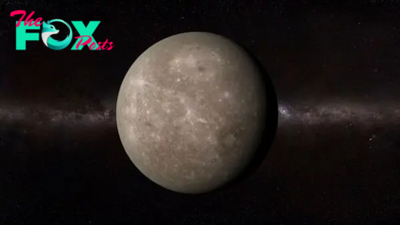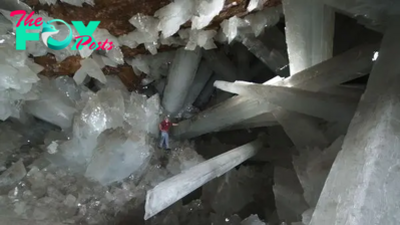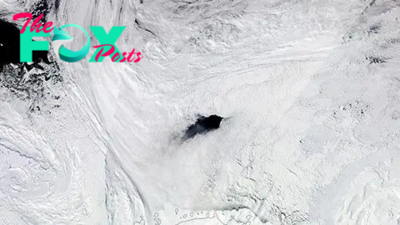Science
Yellowstone Lake's weird resistance to climate change could be about to crack
In an unexpected discovery, scientists find climate change is yet to alter the ice cover on Yellowstone Lake. However, a tipping point may be coming for North America's largest high-altitude lake, researchers suggest in a new study.
Located roughly 7,733 feet (2,357 meters) above sea level in the heart of Yellowstone National Park and spanning 132 square miles (342 square kilometers), the lake usually freezes over in late December or early January and thaws toward the end of May.
Yet despite increasing ambient temperatures, the lake — unlike many others around the world — has not yet lost any of its ice cover during the colder months. While this may seem like cause for hope, researchers behind the new study have said it could be a sign that the lake may be due to cross a threshold where most of its ice is irreversibly lost.
Their peer-reviewed findings are due to be published in the journal Environmental Research Letters.
Related: 'We were in disbelief': Antarctica is behaving in a way we've never seen before. Can it recover?
"We show that contrary to expectation, the ice phenology [seasonality] of Yellowstone Lake has been uniquely resistant to climate change," the scientists wrote in the study. "The unchanging ice phenology of Yellowstone Lake stands in stark contrast to similar lakes in the Northern Hemisphere."
Researchers used the full records of the lake's ice going back to 1931. By pairing these records with climate data from the same period and comparing them to similar high-altitude lakes in Europe, they were able to study how Yellowstone Lake had changed over time.
-

 Science3h ago
Science3h agoWe Still Don’t Fully Understand Time
-

 Science19h ago
Science19h agoNo, the James Webb Space Telescope probably didn't detect signs of alien life — but it soon could
-

 Science1d ago
Science1d ago'You certainly don't see this every day': Ultra-rare backward-spinning tornado formed over Oklahoma
-

 Science1d ago
Science1d agoAsteroid that exploded over Berlin was fastest-spinning space rock ever recorded
-
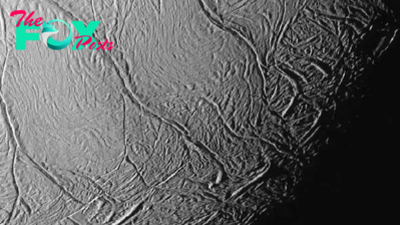
 Science1d ago
Science1d agoEnormous 'San Andreas fault' on Saturn's moon could help reveal signs of alien life
-

 Science2d ago
Science2d ago'We were amazed': Scientists find hidden structure in nebula captured by James Webb telescope
-
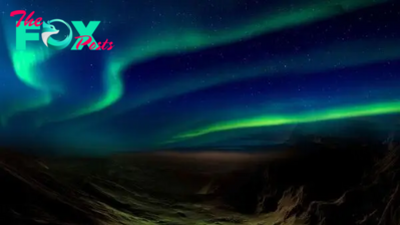
 Science2d ago
Science2d agoSun's chaotic peak triggers record-breaking 'global auroras' on Mars
-
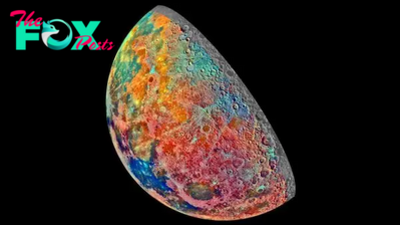
 Science2d ago
Science2d agoWhat would happen if the moon disappeared tomorrow?


